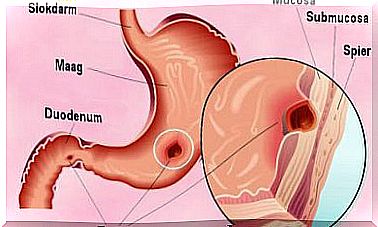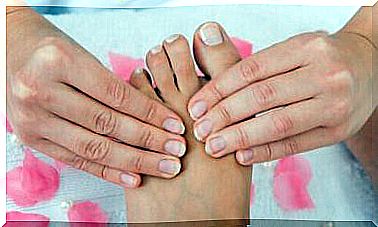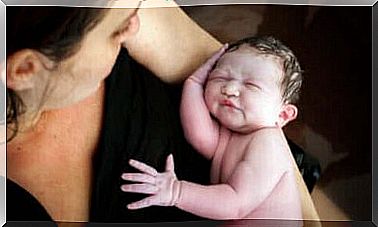Squint: Symptoms And Treatments
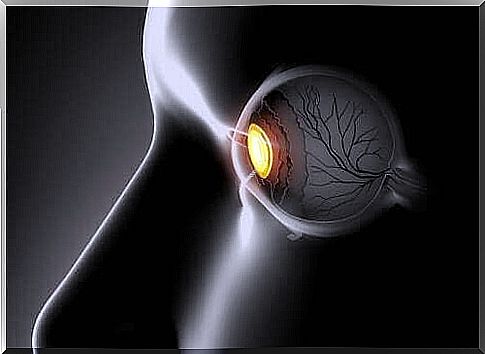
Strabismus, also known as strabismus, is a condition that usually appears right after birth. However, the prognosis is excellent if the condition is diagnosed and treated before the age of four.
Essentially, this condition occurs when the eyes cannot focus properly at the same time when looking at an object. Sometimes this problem is easy to detect.
In other cases, however, it requires a specialized diagnosis. In the most severe cases, it affects not only what the person can see, but also their appearance.
Brain plasticity determines the development of vision. The brain has greater plasticity before the age of four. This is why it is so important to detect squint early in life as this is the best time for full correction.
What is squint?
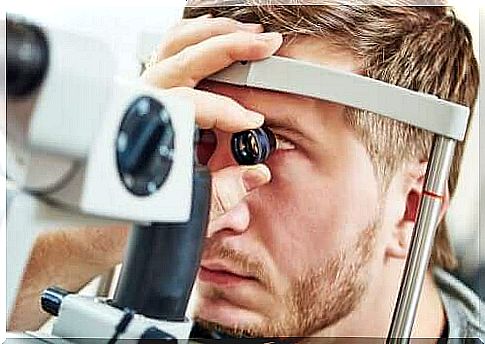
Squint occurs due to a deviation in the focus of the eyes. It is a misalignment of the eyes. It leads to the loss of parallelism – that is, the ability of both eyes to look in the same direction when focusing on an object.
It is common for squint to appear immediately at birth or fairly soon after. This is due to the malfunctioning of the eye muscles. They fail to maintain balance and therefore lack coordination ability.
There are times when the condition remains stable and large variations in vision do not occur. In other cases, the eye muscles just fail intermittently. This is especially true when a person is tired, nervous or ill. It can also occur when an object is a certain distance from the line of sight.
In almost all cases, one of the eyes has greater visual acuity and may point forward. The other eye does not see as sharply and remains in a non-parallel position.
There are different degrees of strabismus depending on the type of abnormality the patient has. Below we will discuss the different types.
Types of squint
Generally speaking, this is referred to as horizontal strabismus when the eye moves from side to side. When the eyes move right up or down, it’s called vertical strabismus.
Keeping in mind this basic distinction, there are four types of squint that we can distinguish. This depends on the angle of deviation the eyes may have (especially the non-dominant ones). The types of strabismus are:
- Esotropies: In this case, it involves convergent strabismus where one eye turns towards the nose.
- Exotropies: This includes various forms of strabismus with one eye turning outward.
- Hypertropias and Hypotropias: These terms refer to vertical strabismus where one eye is higher (hypertropia) or lower (hypotropia) than the other eye.
- Paralytic strabismus: This form is due to damage to the third, fourth, or sixth cranial nerves due to poor blood supply. The pressure on the nerve can lead to restricted eye movements and strabismus.
The symptoms

Squinting can cause significant visual problems due to a lack of alignment. In principle, it is not abnormal for a newborn to squint from time to time. Nevertheless, by the age of three or four months the child should be able to focus on the various objects, both near and far, with perfectly aligned eyes.
The common symptoms of strabismus are:
- The eyes do not point in the same direction after the child is four months old.
- Both eyes focus on one point, but appear to be misaligned.
- Double vision in adults.
In milder cases of strabismus, children can close one eye when there is a lot of (sun)light. They can also tilt their head to keep their gaze. It is also common for these children to do poorly in school because of their vision problems.
Ultimately, between 30% and 35% of people who are not treated for squint lose sight in their non-dominant eye. This is known as amblyopia one or lazy eye. When strabismus occurs in adulthood, it is also common for them to suffer from double vision.
Squint and the available treatments
The goal of treating this condition is to prevent the non-dominant eye from losing its visual acuity and to align both eyes as closely as possible. These treatments are for strengthening the eye muscles so that the deviation decreases or even disappears.
It is common to prescribe the use of glasses and some eye exercises to strengthen the eye muscles. In the case of amblyopia, treatment usually consists of total occlusion. This means that a patch is applied to the dominant eye to force the other eye to train the eye muscles and increase its acuity.
In the most severe cases, treatment may include surgery. This is to weaken some muscles and strengthen others by either changing their insertion or shortening one of them to align them. This form of treatment requires multiple surgeries in certain cases.
Sometimes doctors can also correct strabismus by injecting botox (botulinum toxin). This relaxes the treated muscles and allows the eyes to align correctly in certain cases.



